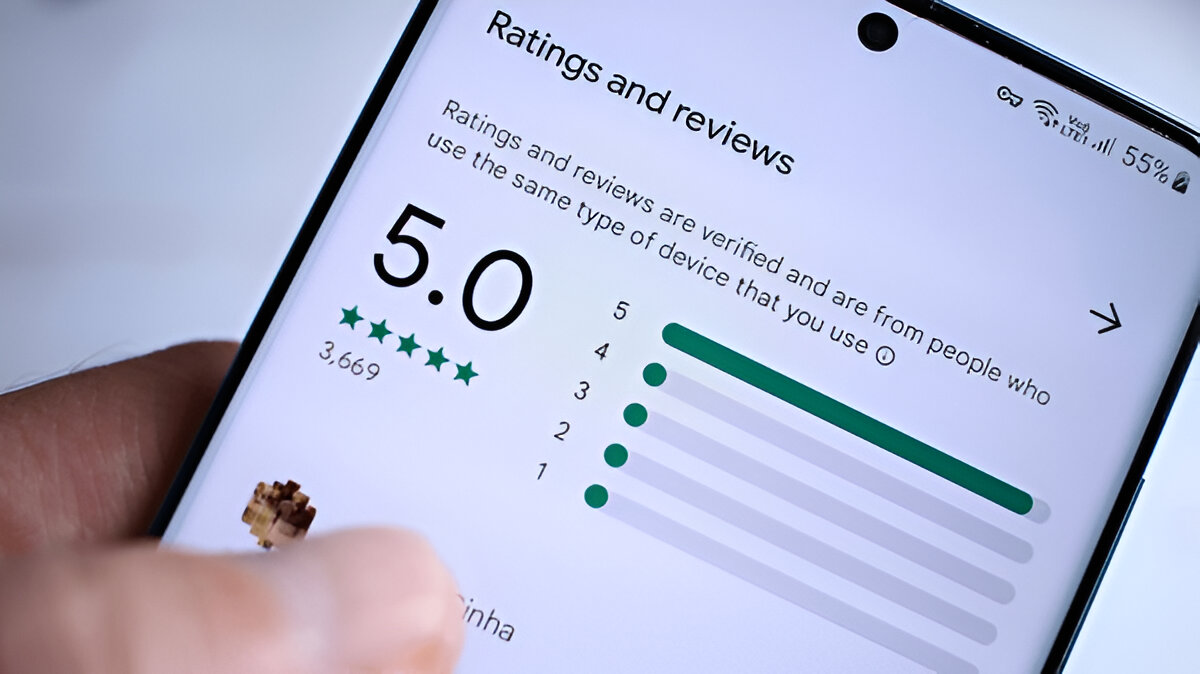You’re growing a local or online business.
You’ve claimed your Google Business Profile.
You’ve optimised it with pictures, service info, opening hours.
But now you’re asking:
“How many Google reviews do I need to actually rank and convert?”
Some competitors have 30.
Others have 300.
Some look sketchy with 5 reviews from years ago.
So what’s the right number?
In this article, we’ll break it down:
- How Google reviews affect local SEO and conversions
- Industry-specific benchmarks for 2025
- How many reviews you need to compete
- Smart strategies to build up reviews fast (and safely)
- And where BuyingGoogleReviews.com fits into your review growth plan
Why Google Reviews Matter in 2025 (More Than Ever)
The digital landscape has shifted.
With AI surfacing local results more intelligently, Google now places greater weight on:
- Review quantity
- Review quality
- Review recency
- Review diversity (short, long, detailed)
- Response rate from business owners
Studies show:
- 87% of consumers read online reviews for local businesses (BrightLocal)
- Listings with 100+ reviews are 54% more likely to get clicks
- 5-star reviews increase conversion by up to 270%
Bottom line?
The more recent, relevant, and trustworthy your reviews look — the more customers you’ll convert.
So… How Many Reviews Do You Really Need?
It depends on 3 things:
1. Your Industry
Different sectors have different norms. Here’s a breakdown of 2025 review averages based on top-ranking businesses:
| Industry | Average Top Competitor Review Count |
| Restaurants & Cafes | 200–1,000+ |
| Beauty Salons & Barbers | 80–300 |
| Local Trades (Plumbers, Electricians) | 30–150 |
| Cleaning Services | 40–250 |
| Marketing Agencies | 20–100 |
| eCommerce Stores (with GBP) | 50–200 |
| Dentists & Clinics | 50–400 |
| Auto Services | 60–300 |
If your top 3 competitors in the map pack have 50, 65, and 72 reviews — your safe target is 75+ to beat them.
Bigger cities = higher competition = more reviews needed.
Example:
A carpet cleaner in central London needs 80–120 reviews to break into the top 3.
In a smaller town, 30–40 reviews might be enough.
Use tools like Whitespark’s Local Rank Tracker or a manual search on an incognito Google tab to check competitors.
Reviews alone don’t win customers. But they amplify your overall trust profile:
- Do reviews mention key services and locations?
- Are they recent (within the last 2–3 weeks)?
- Are there a mix of 4- and 5-star reviews?
- Do you respond to them professionally?
Google loves authenticity. So, it’s not just about quantity — it’s about a natural review pattern.
If we had to give a general answer:
Aim for 50–100 reviews minimum to become locally competitive.
Target 150–200+ reviews to dominate your niche and location.
Maintain a flow of 5–10 new reviews/month to stay fresh in Google’s eyes.
Why You Might Not Be Getting Enough Reviews (Even with Happy Customers)
Ever felt like you gave amazing service, but didn’t get a review?
You’re not alone.
Here’s why:
- Customers forget
- You didn’t ask at the right moment
- They found it too hard (no direct link)
- They’re busy
- They don’t realise how much reviews help small businesses
That’s why review strategy matters.
How to Build Your Reviews the Smart Way
Here’s a 3-part framework:
✅ 1. Ask at the right time
- Immediately after a service
- After positive feedback
- During a thank-you interaction
✅ 2. Use multi-channel prompts
- SMS with review link
- Email follow-up
- WhatsApp message
- QR code on receipts or packaging
✅ 3. Combine organic reviews with premium support
That’s where services like BuyingGoogleReviews.com help businesses:
- Build an initial review base
- Increase review frequency naturally
- Diversify wording and tone
- Ensure reviews are posted by aged Google users with clean activity
- Support local targeting and service-based wording
This gives you the momentum and trust signals you need while waiting for real customers to contribute.
Are More Reviews Always Better?
Yes and no.
More reviews help — but only if they:
- Come in steadily, not 100 in one day
- Sound authentic and not repetitive
- Are recent and relevant to your services
It’s better to have 100 realistic reviews than 500 spammy, copy-pasted ones.
Google is smarter than ever at detecting fake patterns.
External Insight: How Many Reviews Do Customers Trust?
According to BrightLocal’s Consumer Review Survey:
- 48% of consumers say a business needs at least 4 stars and 40+ reviews before they trust it
- 73% say recency of reviews is more important than sheer quantity
- Most people read 2–10 reviews before making a decision
So yes, quantity matters. But so does:
- Recency
- Detail
- Relevance
- Business response
Combining Real and Paid Reviews (The Safe Way)
If you’re starting from zero, you may need a mix.
Step 1: Start asking every real customer — add links to receipts, invoices, and messages
Step 2: Fill in gaps with premium, safe reviews via BuyingGoogleReviews.com
Step 3: Maintain momentum — at least 3–5 new reviews every month
Step 4: Respond to every review to increase engagement and Google trust
This hybrid strategy helps:
- Build initial authority
- Accelerate rankings
- Trigger Google’s trust signals
- Convert more leads into customers
Final Thought: Review Growth Is a Long-Term Asset
Your competitors aren’t smarter than you.
They just have more reviews.
But with the right plan, you can catch up — and overtake them.
Whether you’re starting from scratch or scaling past 100 reviews, use a balanced approach:
- Ask smart
- Follow up
- Offer a great experience
- Use trusted support like BuyingGoogleReviews.com
The results?
✅ Higher map pack rankings
✅ More leads
✅ More trust
✅ More revenue — all driven by what people say about you online




